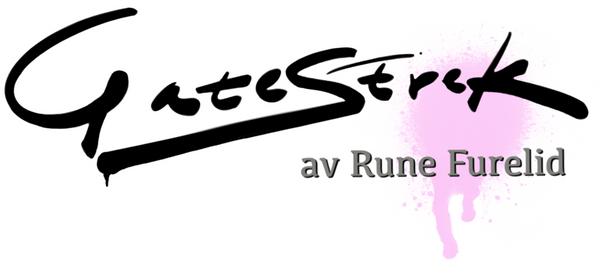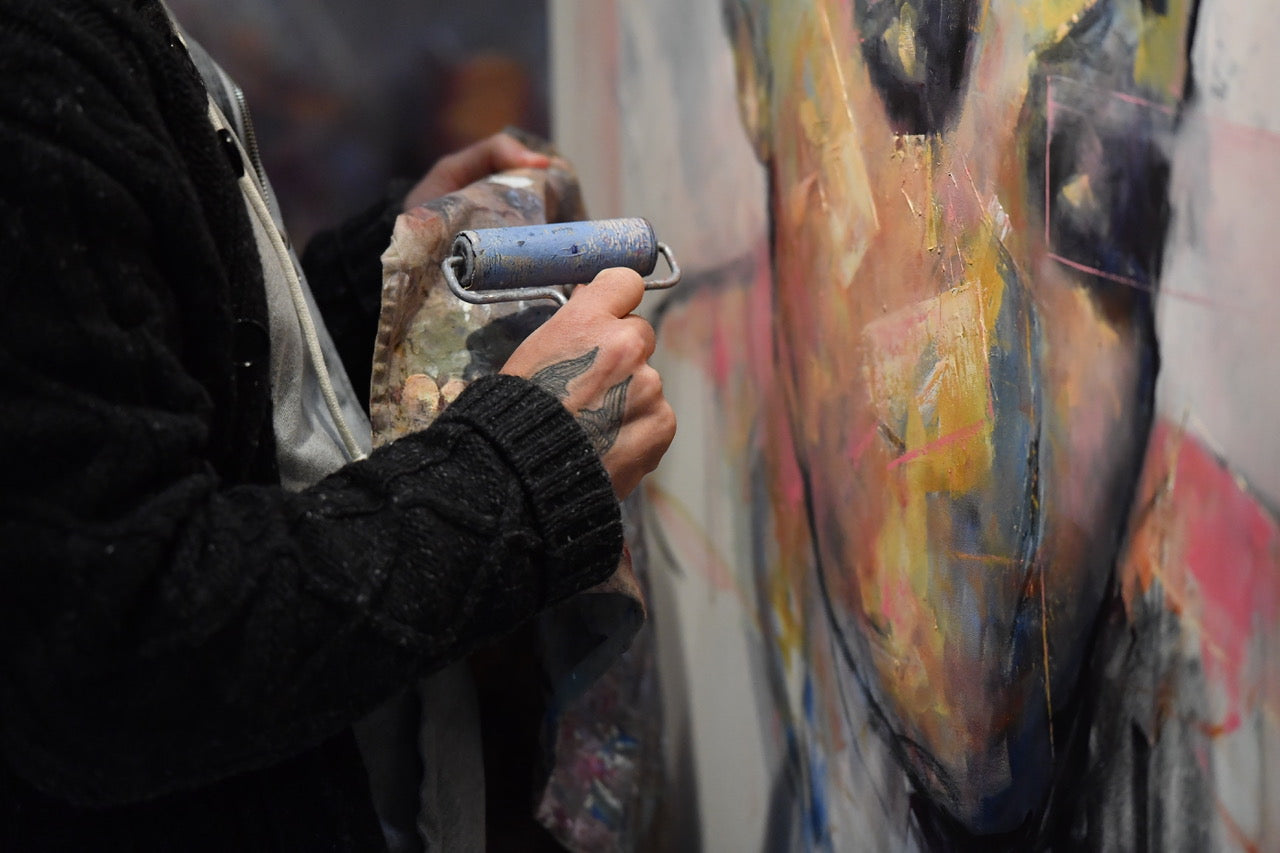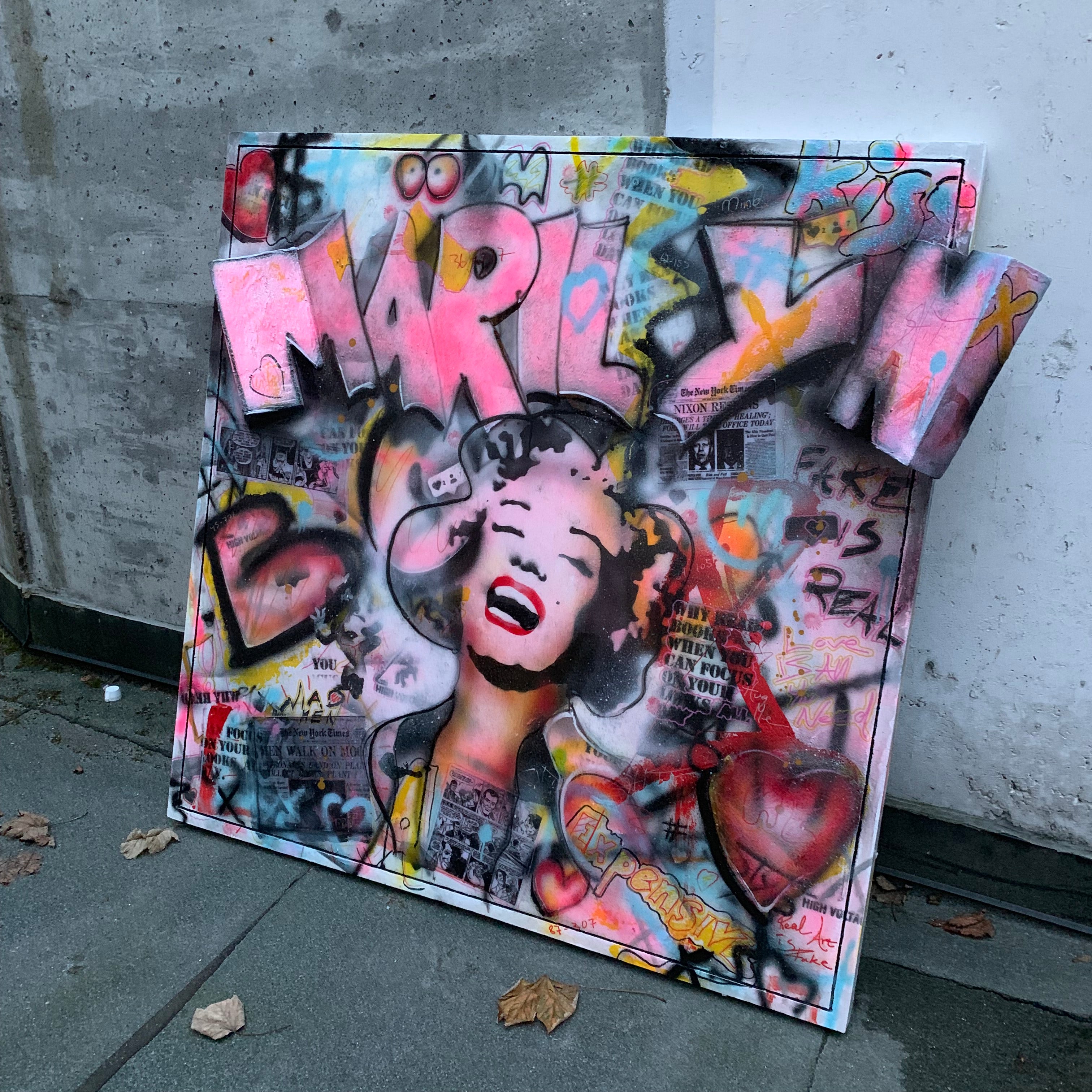What does it mean that an image is Mixed Media?
It can be difficult to understand all the terms used today, so let's give a thorough description of terms and processes that are common now.
Let's start with Mixed Media: Mixed Media is a reproduction of an original. There is often a slash followed by a technique/medium designation at the back, which indicates the last medium that was applied to the image manually before signing and numbering.
For example, if the image has been manually processed with watercolour, it will say mixed media/watercolour. If coal is used, it will say /coal.
This means that each copy will have original variations/features/elements. Some also use the term mixed media/variation, which is almost the same, but less concrete.
The originals used for the reproduction can be made in different media such as oil, watercolour, acrylic, charcoal, etc.
What is the difference between Mixed Media and, for example, lithography and screen printing?
Lithography uses a technique where the motif (the original) is transferred to a stone (litho stone) which is then printed on a sheet using a press.
Silkscreens are often made digitally using photographs, digital drawings, and the like. A computer is then used to print transparencies that block the emulsion under illumination and form holes in a canvas. Through this process, the colors are printed in layers on the paper.
Reproductions referred to as mixed media are uploaded digitally through scanning and printed on paper using a method called "Archival Pigment Print with 14 Color Screen Print."
So common to lithography, screen printing and mixed media is that they all start with an original that is transferred and printed on paper.
What about images that are designated as hand coloring? Archival Pigment Print is usually used here, and then the artist goes over the image manually to enhance certain colors manually afterwards. For example, when it says /watercolor in mixed media, it means that the image is "hand-colored" with watercolor. Using /watercolor instead of hand-colouring shows that the watercolor has been applied to the image independently of the subject behind, a more graphic approach to the work. Therefore, there will be visible variations on the various copies, which give the image a certain originality.
What about DGA? This stands for Digital Art, and are motifs that have been created digitally, printed and framed.
We hope this has clarified the various terms used.
If you have more questions, you are welcome to send a message via our contact link .
Street line


